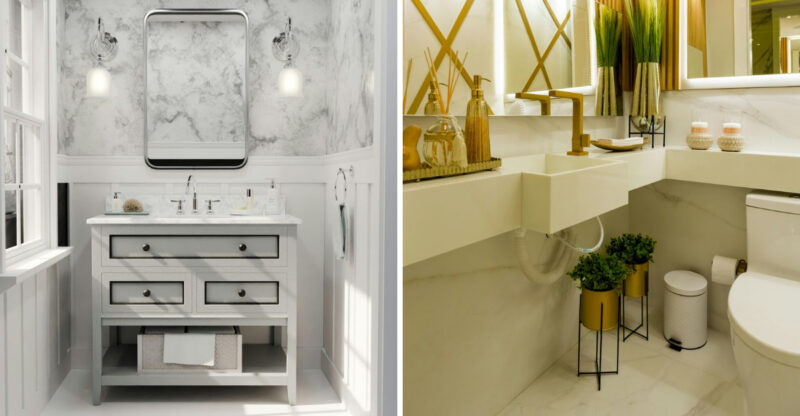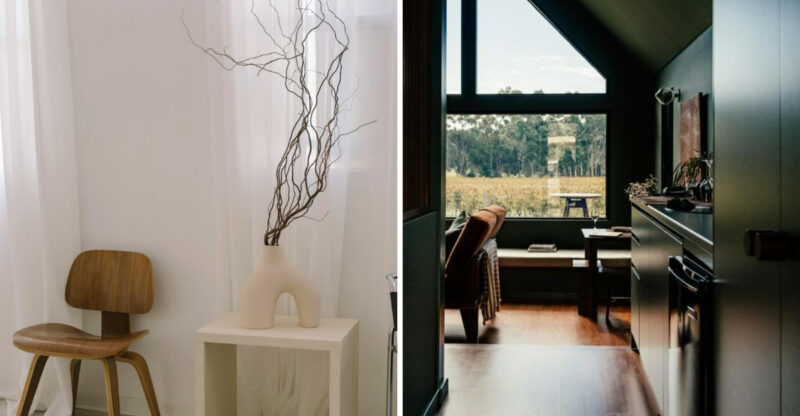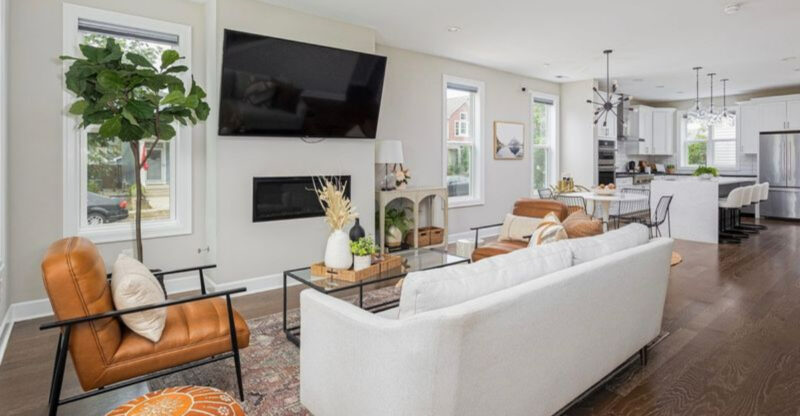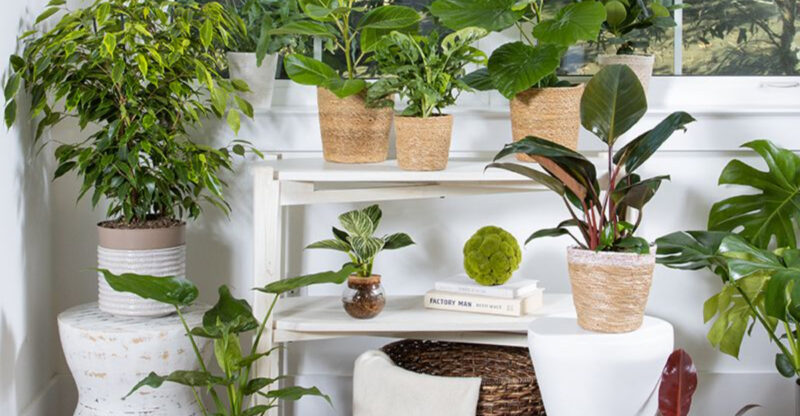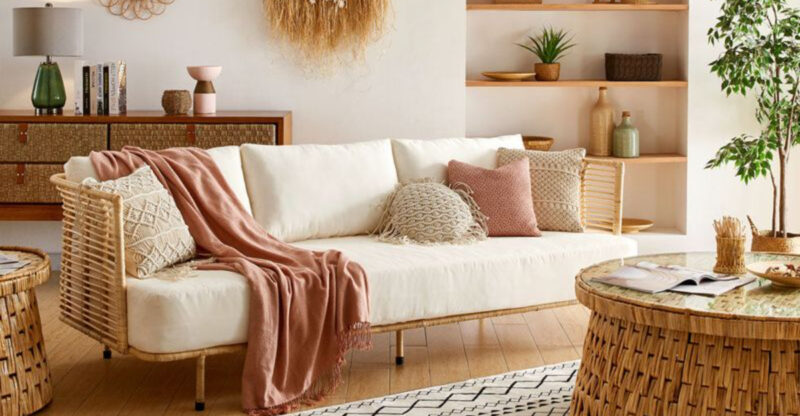Small Living Room Trends: 9 Items Out, 9 Stylish Alternatives In
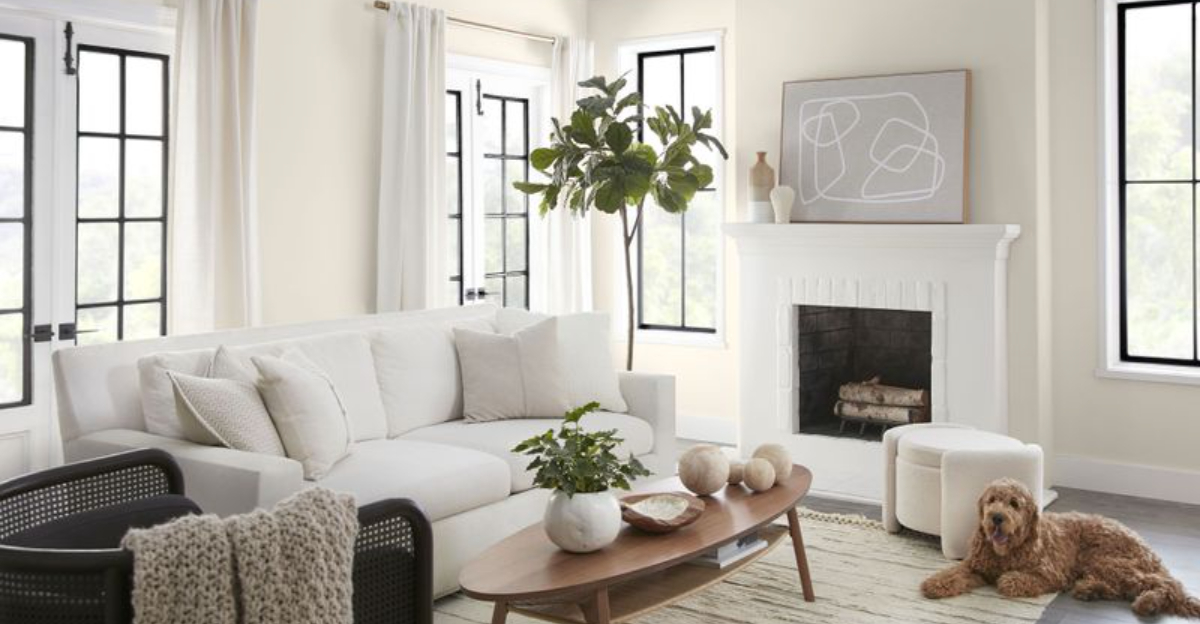
Small living rooms shouldn’t feel like a squeeze. Today’s design trends prove that even the coziest spaces can exude style and comfort with the right choices. As oversized furnishings and heavy décor fade into the past, sleek, space-savvy alternatives are stepping in to open up rooms and elevate the vibe.
Get ready to ditch the clutter and discover the chic swaps that can turn your compact living area into an airy, modern sanctuary where every inch counts – and looks incredible.
1. Oversized Sectionals
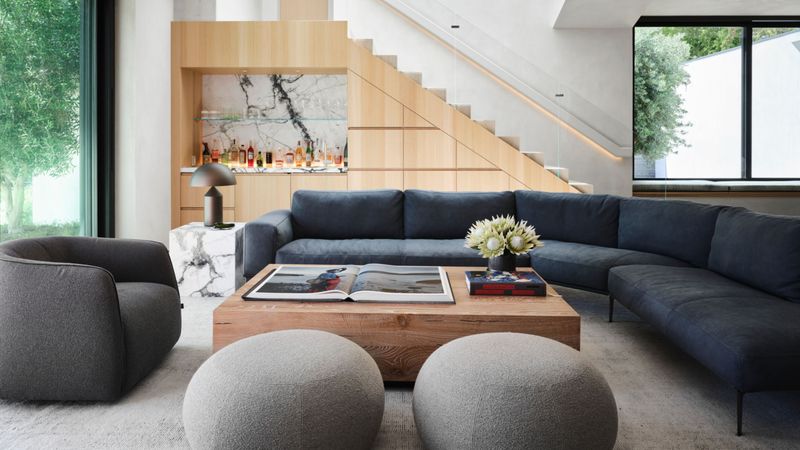
Remember when massive couches dominated living rooms? Those days are fading fast. While comfy, these furniture giants swallow precious floor space and make rooms feel cramped.
Oversized sectionals create awkward traffic flow and limit your layout options. For small spaces, they’re like trying to fit an elephant into a phone booth – technically possible but definitely not practical!
2. Modular Sofas
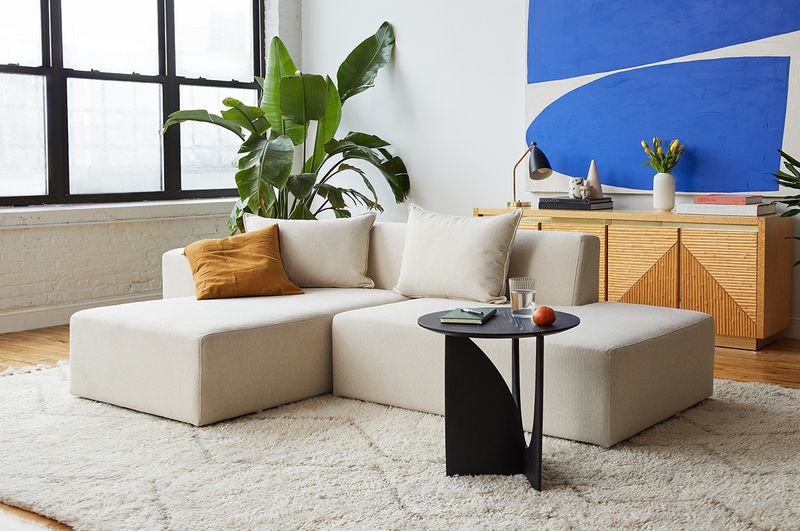
Flexibility reigns supreme with these adaptable seating solutions! Each piece works independently or together, allowing countless configurations to suit your changing needs.
Modular sofas offer the comfort of sectionals without the bulkiness. Rearrange them for movie nights, separate them for parties, or tuck pieces away when not needed. Their clean lines and proportional scale bring sophistication without sacrificing comfort.
3. Dark Heavy Curtains
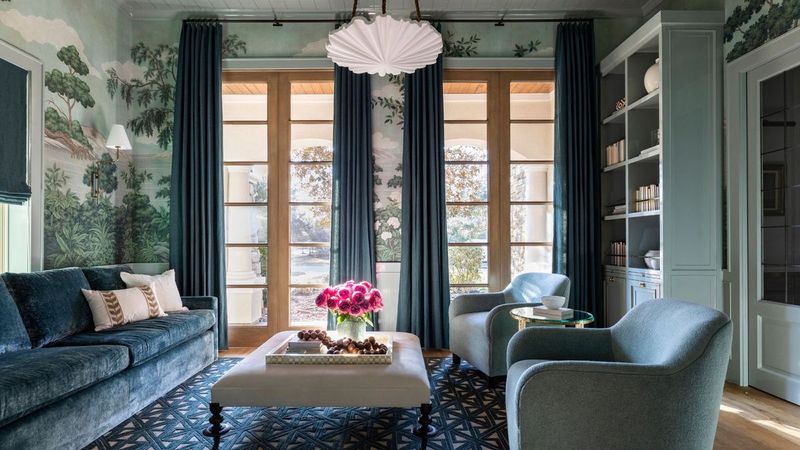
Goodbye to those light-blocking fabric monsters! The era of thick, floor-dragging drapes is officially over for compact spaces.
Heavy curtains not only absorb valuable square footage but also create visual weight that drags down a room’s energy. Their bulky hardware and overwhelming presence make small rooms feel like dimly lit caves rather than welcoming spaces where light can dance freely.
4. Sheer Light Drapes
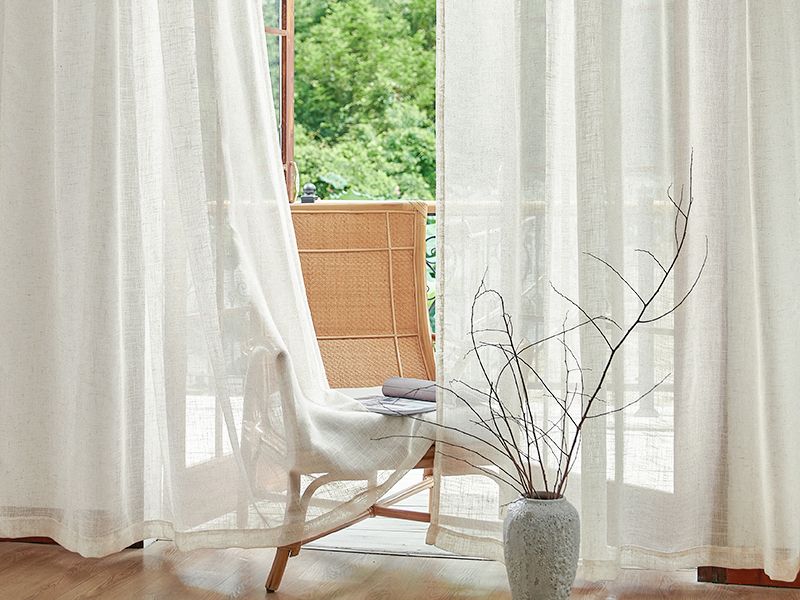
Float into elegance with barely-there window treatments that transform harsh sunlight into a gentle glow! These ethereal fabric panels create depth without bulk.
Sheer drapes maintain privacy while welcoming natural light – the not-so-secret ingredient for making tiny spaces feel expansive. Their gentle movement adds a touch of drama without the heaviness. Choose neutral tones for timelessness or soft colors for subtle personality.
5. Bulky Coffee Tables
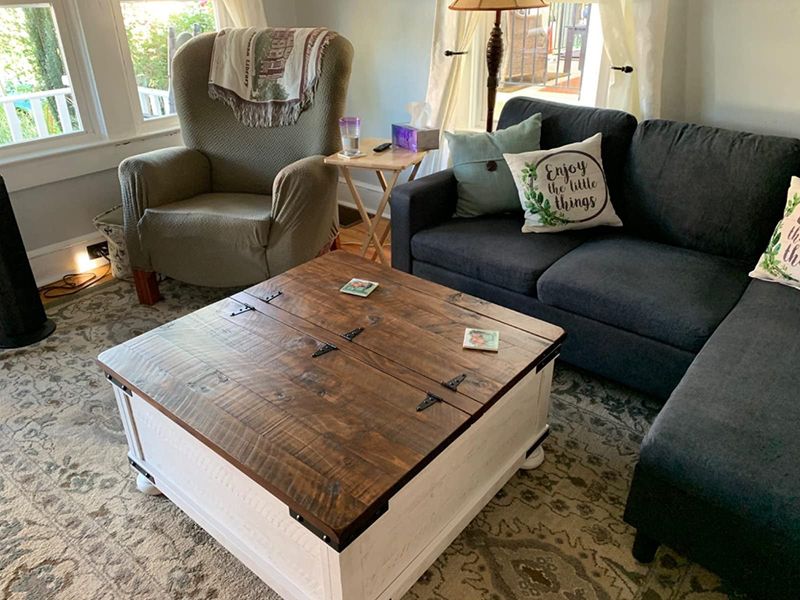
Those chunky wooden behemoths are no longer the centerpiece of modern compact living. Taking up valuable floor real estate, they force awkward pathways and limit movement.
Bulky coffee tables often become clutter magnets, collecting magazines, remotes, and coffee mugs until they’re more storage than surface. Their visual heaviness anchors the room in all the wrong ways, making your space feel more cramped than cozy.
6. Slim Nesting Tables
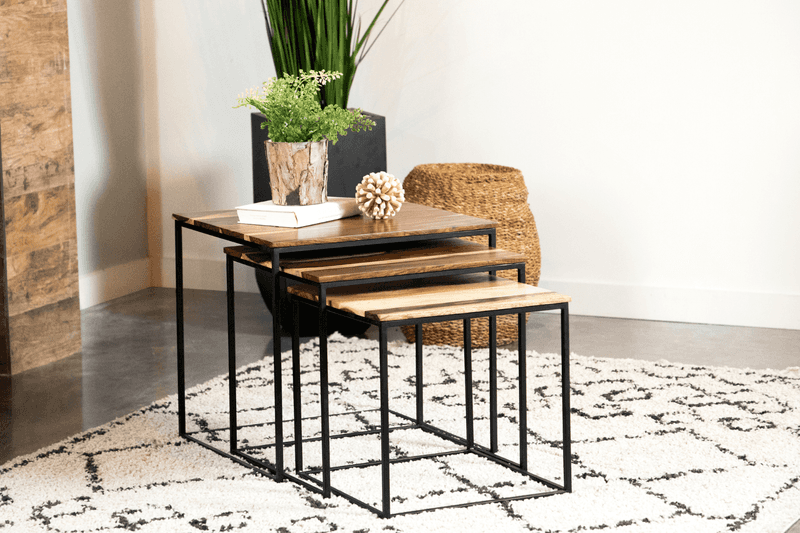
Magic happens when furniture multiples without multiplying your space problems! These clever table sets tuck together when not needed and spread out for guests.
Nesting tables offer flexibility that rigid coffee tables can’t match. Pull them apart for game night or when serving snacks, then nest them neatly when you need floor space. Their slender profiles and typically lighter materials create an airy feeling that heavy tables simply can’t achieve.
7. Busy Patterned Rugs
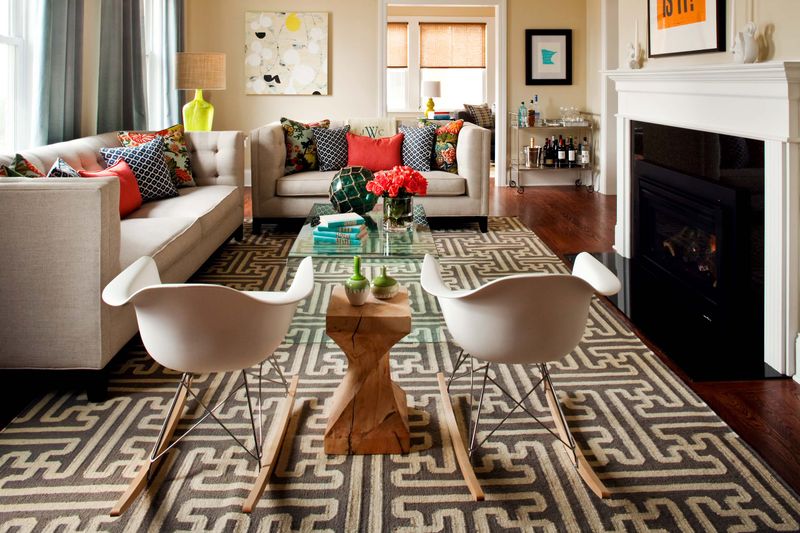
Visual chaos underfoot is making a hasty retreat from small living spaces. Those eye-popping, detail-heavy floor coverings overwhelm limited square footage with competing visual information.
Busy rugs create optical confusion and make rooms feel cluttered even when they’re not. The constant pattern bombardment fights with furniture and accessories for attention, creating a disjointed feeling rather than the harmony small rooms desperately need to feel cohesive and peaceful.
8. Neutral Textured Rugs
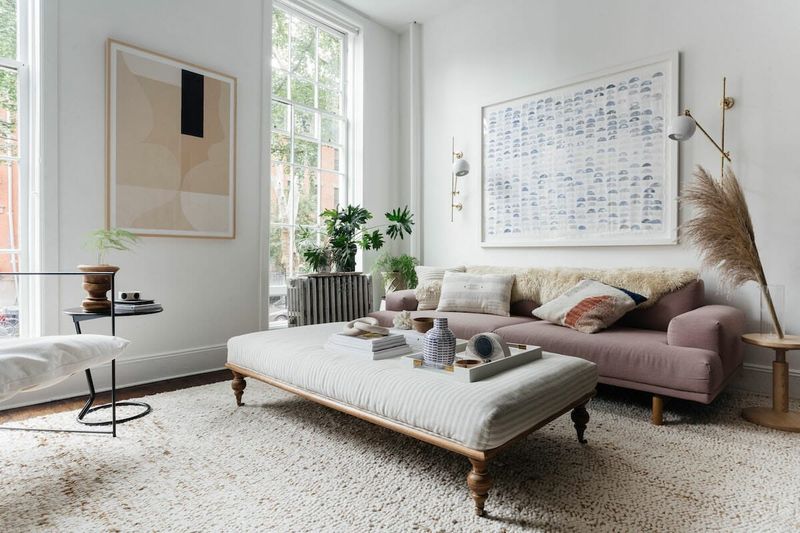
Subtle sophistication lies in the details you can feel rather than see! These understated floor coverings bring warmth and interest without visual noise.
Textured neutral rugs create dimension through tactile elements – think subtle weaves, gentle ribbing, or soft pile variations. Their calming palette serves as a perfect foundation that makes rooms feel larger and more cohesive. The beauty lies in their quiet confidence rather than attention-grabbing patterns.
9. Massive Entertainment Centers
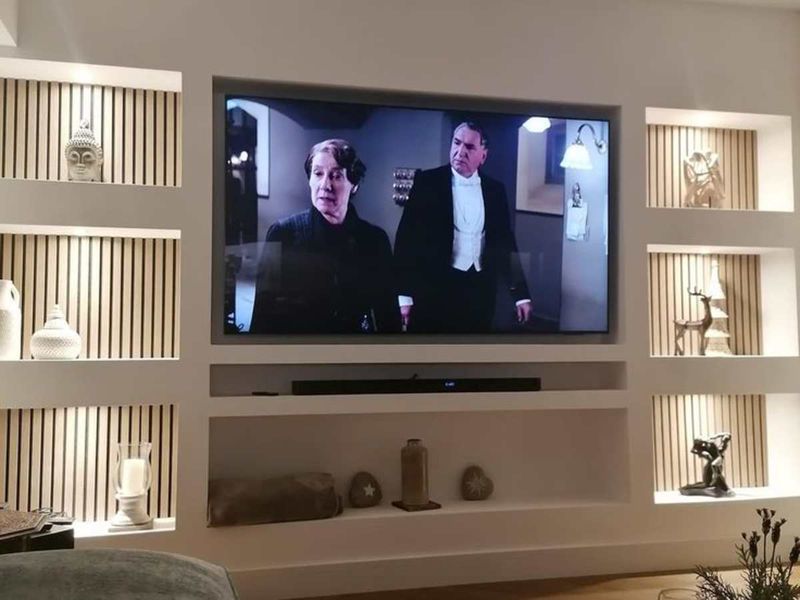
Wall-dominating furniture dinosaurs are becoming extinct in modern small spaces. Those room-engulfing entertainment units that once proudly displayed DVD collections and bulky TVs now feel outdated and imposing.
Massive entertainment centers create a visual imbalance, making one wall feel heavy while dwarfing other furniture. Their deep shelves and cabinets protrude into precious floor space, and their overwhelming presence makes even reasonably sized rooms feel like cramped afterthoughts.
10. Wall-Mounted Media Units
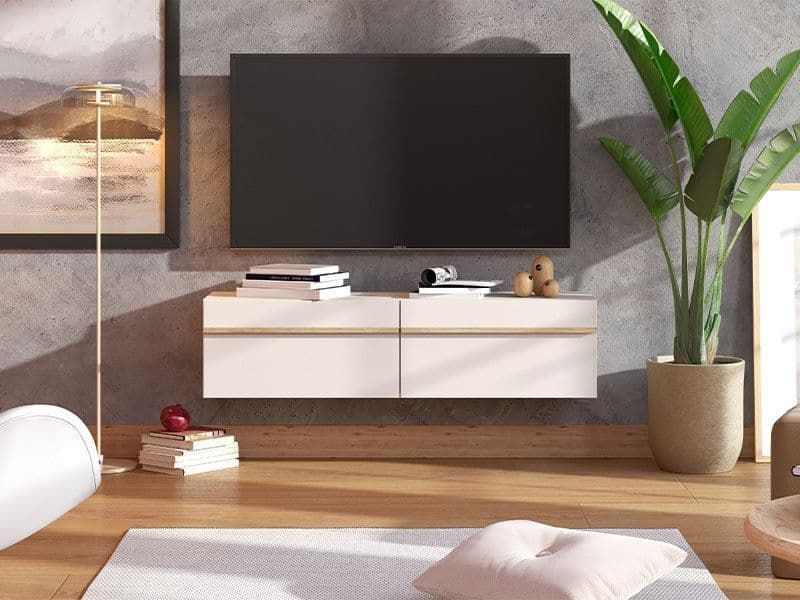
Float into the future with sleek solutions that keep technology accessible without sacrificing precious floor space! These floating wonders create breathing room below for visual lightness. Wall-mounted units embrace minimalism while maintaining functionality.
Their streamlined profiles keep components organized without the bulk of traditional cabinets. The floating effect creates an illusion of more square footage – a visual trick that makes compact rooms feel deliberately designed rather than simply small.
11. Tall Solid-Back Armchairs
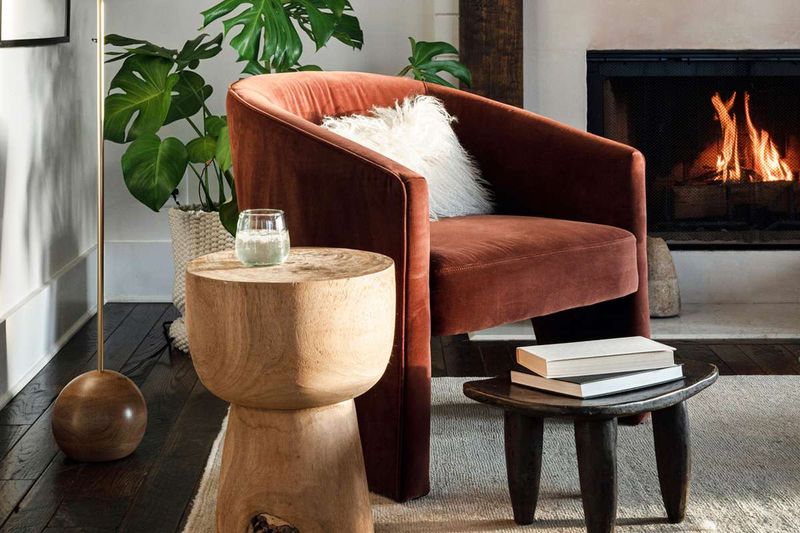
Fortress-like seating is losing its place in space-conscious design schemes. Those high-backed, view-blocking chairs that once signaled formality now feel like unnecessary visual barriers.
Tall armchairs with solid backs create sightline disruptions that make rooms feel chopped up and smaller than they are. Their imposing silhouettes demand attention and space, often creating awkward arrangements that prioritize the furniture over actual livability and conversation flow.
12. Low-Profile Seating
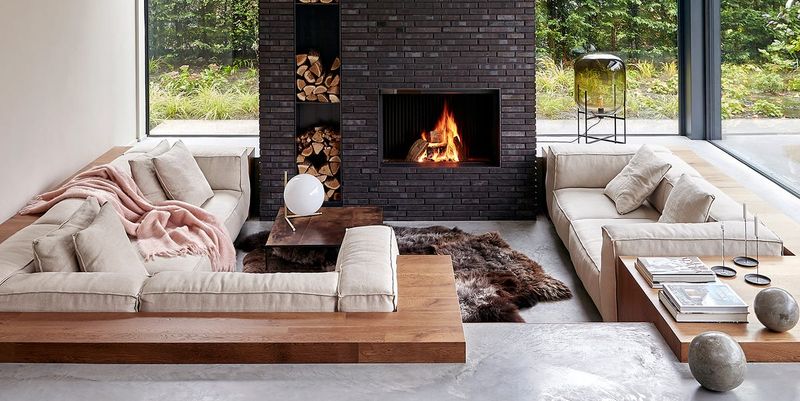
Horizon-hugging chairs create breathing room above eye level, allowing walls to soar and ceilings to feel higher! Their streamlined silhouettes offer comfort without visual weight.
Low-profile seating keeps sightlines clear across the room, creating an uninterrupted visual flow that makes spaces feel larger. Modern designs often feature slender arms and open backs that allow light to pass through. The result? Seating that serves its purpose without dominating the room’s visual equation.
13. Cluttered Gallery Walls
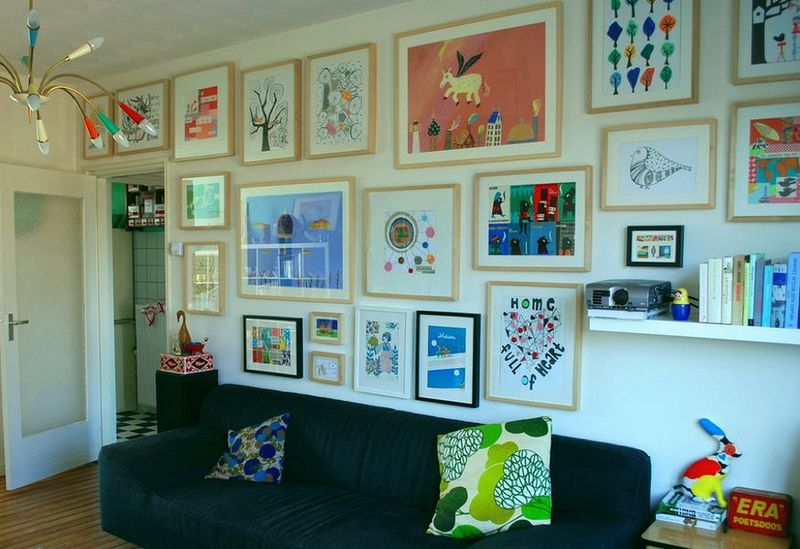
Frame overload is fading fast as design preferences shift toward intentional simplicity. Those busy collages of mismatched art and photos that once felt personal now read as visual noise in compact spaces.
Cluttered gallery walls create a sense of fragmentation and busyness that can make small rooms feel chaotic rather than cozy. The constant visual jumping from image to image creates mental fatigue instead of the calm, cohesive atmosphere that makes compact living feel intentional.
14. Single Large Art Pieces
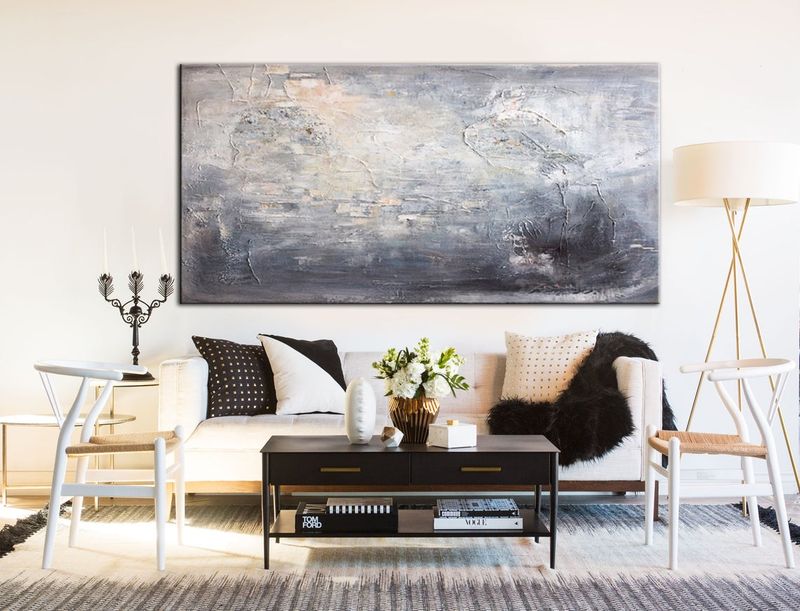
Bold statement pieces are revolutionizing wall decor in compact spaces! One carefully chosen artwork creates focus and depth without the visual chaos of multiple competing elements.
Large-scale art draws the eye strategically, creating an anchor point that actually makes rooms feel more spacious. The simplicity allows walls to breathe while still delivering personality and color. This approach feels curated rather than collected, bringing gallery-like intention to everyday living.
15. Heavy Floor Lamps
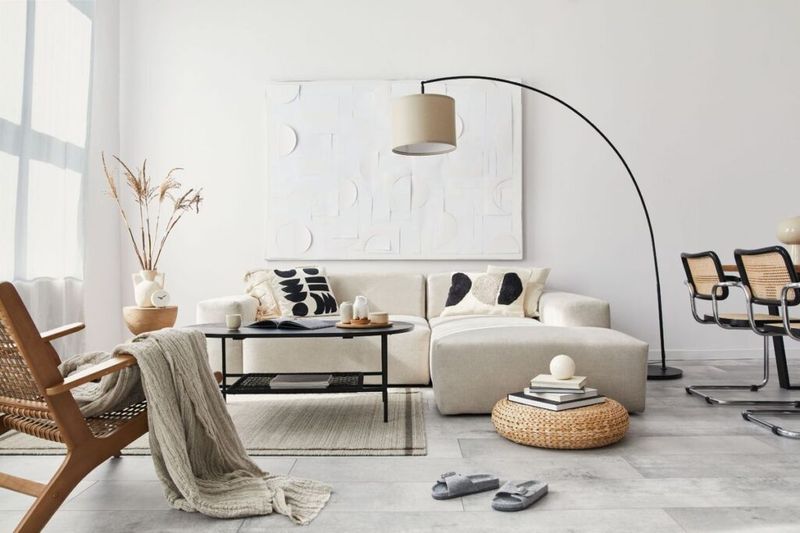
Bulky lighting behemoths are being switched off for good in space-conscious homes. Those weighty floor lamps with large bases and oversized shades consume valuable floor real estate while creating awkward obstacles.
Heavy lamps often force furniture arrangements rather than complement them. Their substantial footprints limit layout flexibility and create visual clutter at eye level. In small spaces where every square inch matters, these lighting dinosaurs represent outdated thinking about how rooms should function.
16. Wall Sconces Or Pendant Lighting
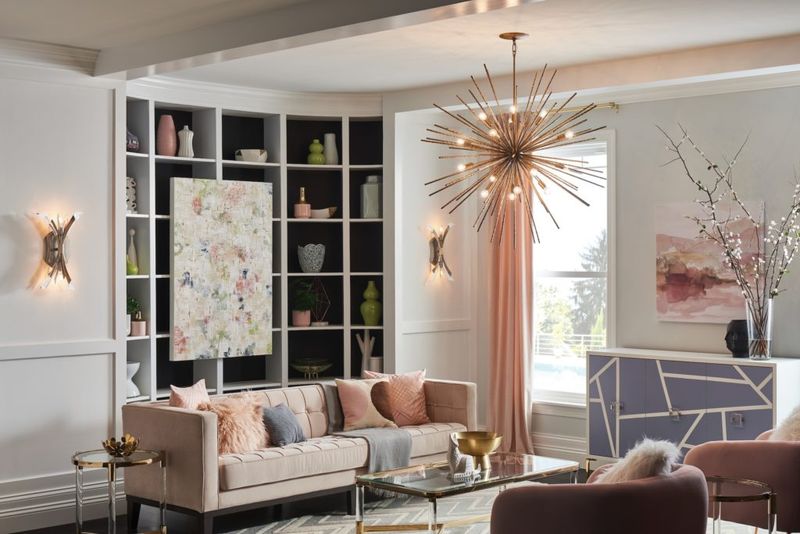
Illuminate your space with fixtures that float above the fray! These space-saving lighting solutions free up valuable floor and surface area while directing light exactly where needed.
Wall-mounted and ceiling-hung fixtures create ambient or task lighting without claiming territory. Their elevated position draws the eye upward, creating vertical interest that makes ceilings feel higher. Many designs double as sculptural elements, adding artistic flair that boring floor lamps simply can’t match.
17. Dark Wall Colors
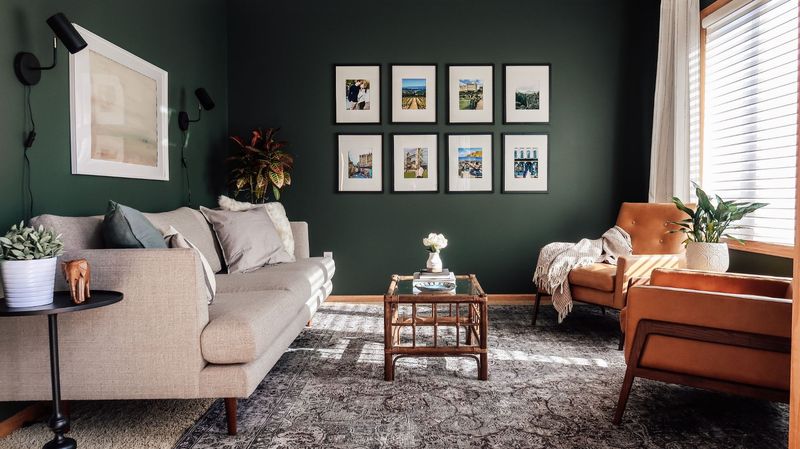
Gloomy paint choices are receiving their eviction notice from small spaces everywhere. Those deep, light-absorbing hues that once felt cozy now make rooms feel like caves rather than comfortable living areas. Dark walls visually advance, making dimensions seem smaller than they actually are.
They absorb rather than reflect natural light, creating a perpetually shadowy effect that can feel oppressive in limited square footage. The heaviness creates a psychological weight that works against the airy feeling most small-space dwellers crave.
18. Soft Light Paint Colors
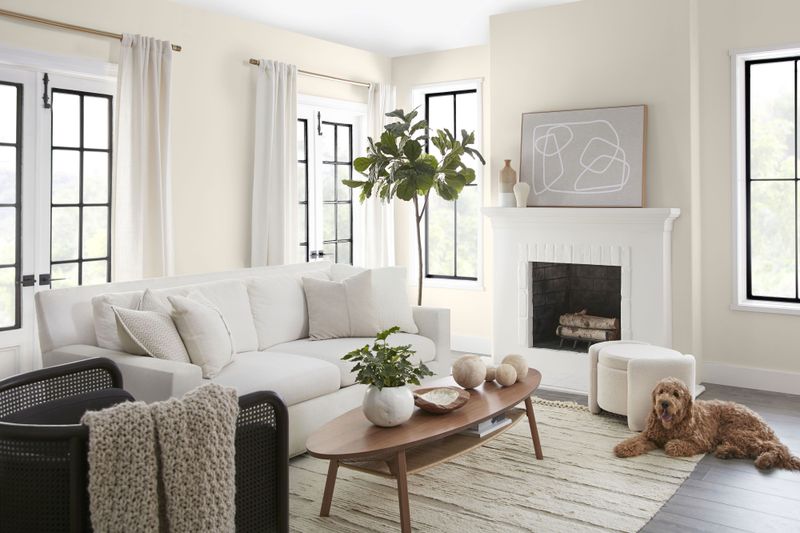
Brightness in a can transforms cramped quarters into airy retreats! These reflective hues bounce light around the room, creating an expansive feeling that defies actual dimensions. Light paint colors serve as the perfect backdrop for furniture and art without competing for attention.
Their reflective quality maximizes natural and artificial light, a crucial element in small space design. Soft whites, pale grays, and gentle pastels create a canvas that feels deliberately spacious rather than accidentally small.

